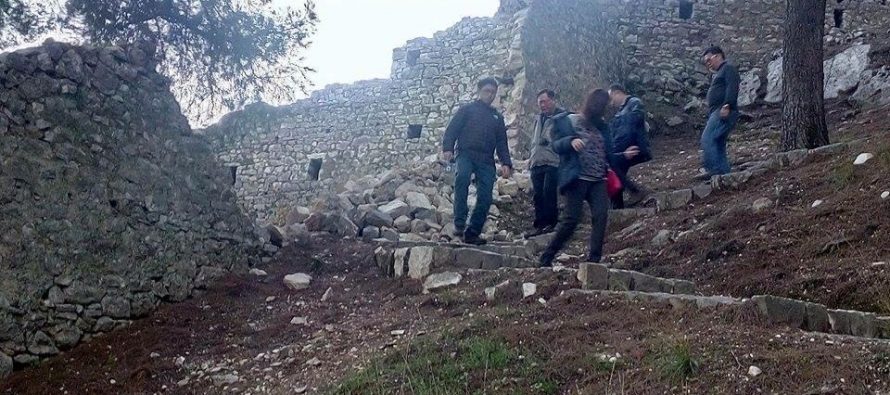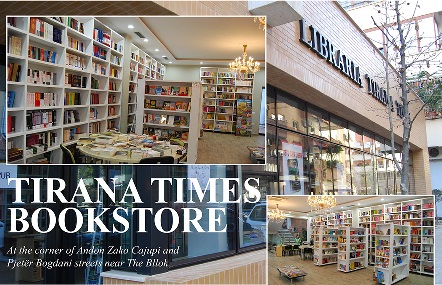Berat castle ancient wall collapses sparking protection concerns

Story Highlights
- “A new collapse in the Berat castle on the side overlooking the inhabited areas. The pictures were taken by a group of Japanese tourists who looked at each other in surprise," wrote a heritage forum, also criticizing culture officials of neglect to the country's unique heritage
Related Articles
TIRANA, Dec. 15 - The surrounding walls of a 4th century castle in the UNESCO World Heritage site of Berat, southwestern Albania, have collapsed, raising the alarm over the protection of cultural heritage in treasured destinations such as Berat.
The warning is given by the Forum for the Protection of the Cultural Heritage in some pictures posted on social networks.
“A new collapse in the Berat castle on the side overlooking the inhabited areas. The pictures were taken by a group of Japanese tourists who looked at each other in surprise," wrote the forum, also criticizing culture officials of neglect to the country's unique heritage.
Local culture officials described the collapse as not severe and fuelled by last month's heavy rains.
Last January, an ancient surrounding wall at the Butrint archeological park, a UNESCO archaeological site in southern Albania, also collapsed, raising concern over the maintenance of the country’s most important archeological treasure.
Back in 2014, the infrastructure in the castle of UNESCO World Heritage site of Berat was rehabilitated under a €2 million fund by the European Union and the Albanian government, making it more attractive to tourists by restoring the underground infrastructure, characteristic cobbled streets, and the electrical system.
Since 2008, Berat has been inscribed on UNESCO’s World Heritage list as a rare example of an architectural character typical of the Ottoman period. Located in central Albania, Berat bears witness to the coexistence of various religious and cultural communities down the centuries. It features a castle, locally known as the Kala, most of which was built in the 13th century, although its origins date back to the 4th century BC. The citadel area numbers many Byzantine churches, mainly from the 13th century, as well as several mosques built under the Ottoman era which began in 1417.
The castle of Berat rises on a rocky hill on the left bank of the Osum river and is accessible only from the south. It is the oldest and most representative monument of the city. After being burned down by the Romans in 200 BC, the walls were strengthened in the fifth century under the Byzantine Emperor Theodosius II, and were rebuilt during the 6th century under Emperor Justinian and again in the 13th century under the Despot of Epirus, Michael Angelus Comnenus. The churches inside the fortress were largely built from this time onwards and because of their characteristic architecture are preserved as cultural monuments.
The castle hill rises 187 m above the sea level with an area of 9.6 hectares. There are 24 towers of different forms and sizes along the impressive Hellenistic and medieval walls. The interior once contained 42 churches and chapels, though now there are only 8 intact shrines and the ruins of 2 mosques. The interior of the castle is still inhabited today.
Berat bears witness to a town which was fortified but open, and was over a long period inhabited by craftsmen and merchants. Its urban centre reflects a vernacular housing tradition of the Balkans, examples of which date mainly from the late 18th and the 19th centuries. This tradition has been adapted to suit the town’s life styles, with tiered houses on the slopes, which are predominantly horizontal in layout, and make abundant use of the entering daylight, says UNESCO.




